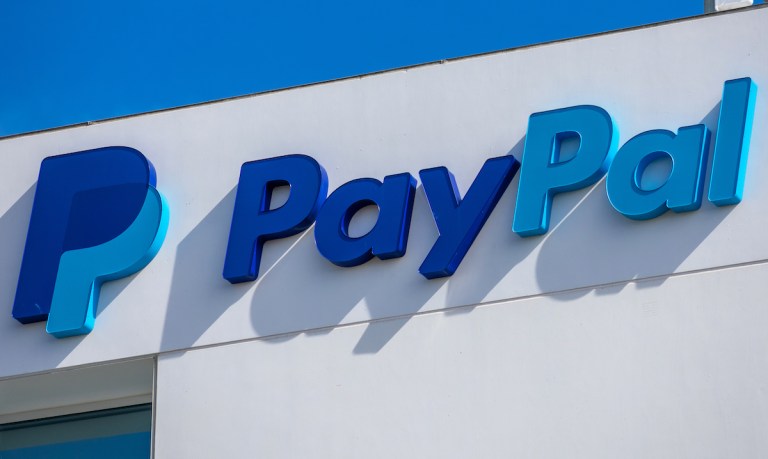
Visa said PayPal and Venmo are now offering its Visa+ peer-to-peer (P2P) payment system.
“As we continue to expand the P2P use case in the U.S., Current and Western Union will join PayPal and Venmo in enabling cross-platform money movement,” the company said in a Monday (April 1) news release as it announced the expansion of its P2P and business-to-consumer (B2C) payouts offerings.
Additionally, Astra, Brightwell, Cross River Bank and Fiserv plan to implement Visa+ APIs for their digital wallet and merchant clients by this fall, per the release.
“The benefits of bringing cross-platform interoperability to P2P and B2C payment flows are manifold,” Visa said in the release. “For consumers, it’s about saving time and providing choice. For P2P platforms, it’s about driving deeper engagement with your customers through greater reach and convenience. And for merchants and FinTech enablers, interoperability can help bring new avenues for growth by enabling gig, creator and marketplace payouts to new endpoints.”
P2P payment apps are growing in popularity because of their ease of use and versatility in various situations. Younger consumers — particularly millennials and Generation Zers — are especially fond of these payment methods.
Zelle payment volume among Bank of America customers jumped to $101 billion — up 25% year over year — according to the bank’s fourth-quarter earnings report last year. By contrast, traditional debit and credit options saw modest growth, increasing by 3%.
“One study found that 53% of consumers ages 18 to 25 reported using payment apps more often than before to manage increased costs from inflation, with 50% of consumers ages 26 to 41 saying the same,” PYMNYS wrote last month.
Visa introduced Visa+ in pilot mode last year. At the time, Vikram Modi, head of the program, told PYMNTS that choice was at the center of the Visa+ program design.
Bridging the gap between apps removes the need to be in a particular network to send money and ensures individuals get paid in real time and the way they want to.
“And that is true interoperability,” he said.